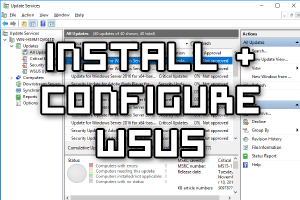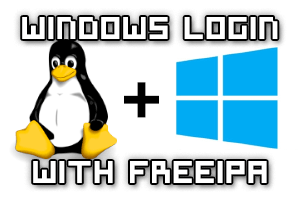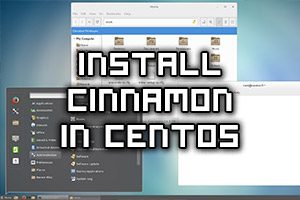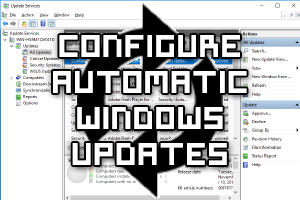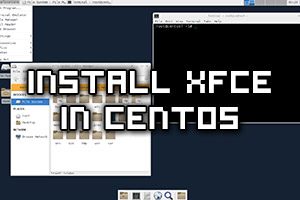
This WordPress based website loads fairly quickly, or at least I’d like to think so based on my testing. In this post I’m going to share some of the things that I’ve setup in order to get the fastest possible page loads from WordPress.
We’ll be covering general server configuration, Nginx web server configuration, WordPress plugin configuration, and finally use of content distribution networks.

